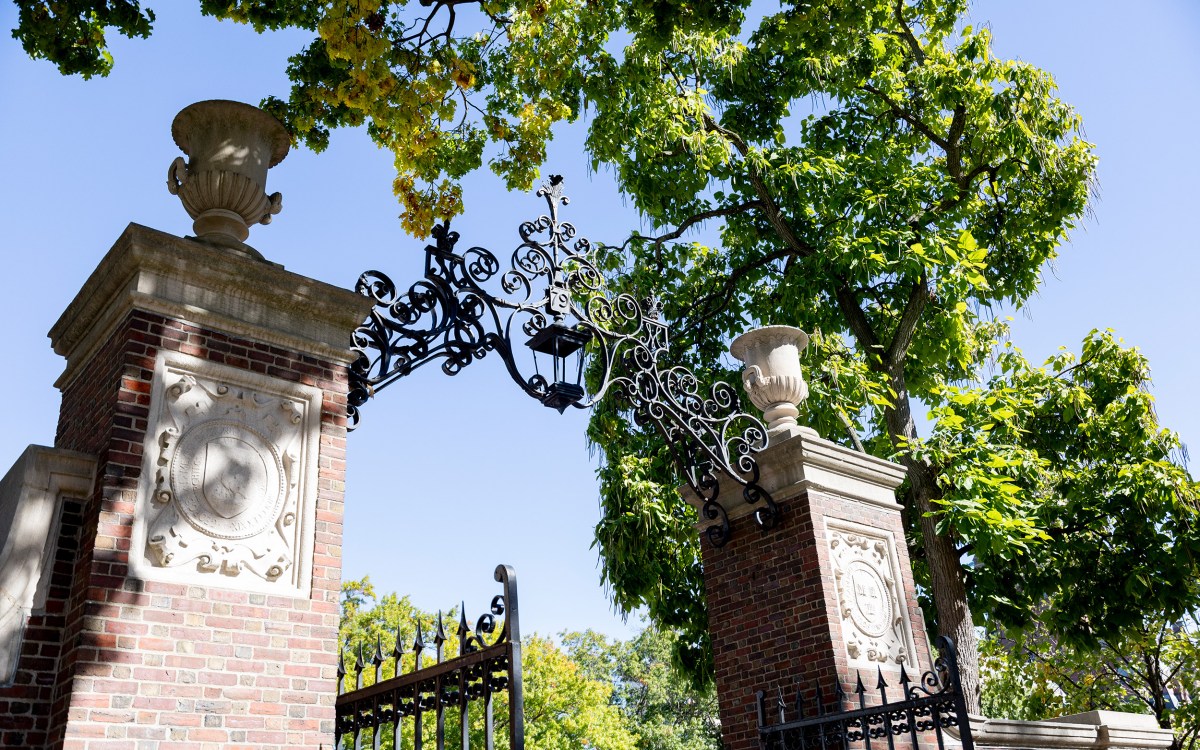Waters Brings the ‘Invisible Immigrants’ to Light

A young woman from the West Indies one of hundreds of people Mary Waters interviewed for her new book on West Indian immigration told Waters that she had asked her mother to teach her to speak with a West Indian accent. She thought and her mother agreed that it would be an asset when she applied for a job or looked for a place to live here in the United States.
As Waters exhaustive study illustrates, the young womans request accords with economic and social realities. The truth is that employers do see West Indians in a better light than African-Americans. Therefore, as second-generation West Indians lose their accents and ethnic identity (as the majority of them do), their assimilation is often accompanied by downward mobility.
Waters book, Black Identities: West Indian Immigrant Dreams and American Realities (Harvard University Press, 1999), throws new light on this increasingly large but often invisible group of new Americans, as well as on the phenomenon of immigration in general.
“I think in the past we had a real social contract with immigrants. They came here, they learned the language, they Americanized, and they got a better life, and over time they became very strong, patriotic Americans. But if people who are coming here now are experiencing downward social mobility for their kids, then that suggests that Americanization is no longer necessarily a good thing,” Waters said.
Waters is a professor of sociology known for her work on immigration, race relations, and ethnicity. In the introduction to her book she writes about growing up in Brooklyn, herself the product of earlier Irish immigration, and seeing the neighborhood where she lived “becoming black.” What Waters did not realize at the time was that the people she saw in the streets and in the subway were not for the most part African-Americans, but black immigrants from the Caribbean.
“The fact that they were immigra nts was invisible to me because the only characteristic I noticed about them was their race.”
West Indian immigrants have been nearly invisible to scholars as well. There have been few studies of them as a distinct group, and those that take notice of them often use their economic success to make invidious comparisons between them and African-Americans, Waters contends.
“Many scholars have not been interested in the West Indian experience in itself, but rather what it says about African-Americans. Why are West Indians successful, considering that they share black skin with African-Americans? According to them it shows that racism is not necessarily an explanation for why African-Americans have problems.”
Waters research shows that West Indian immigrants do have an economic advantage over African-Americans, but this is largely because, as immigrants coming from poor countries, they are more willing to take low-end jobs and to work harder at them.
But by studying two generations, Waters shows that the differences soon disappear, particularly among working-class immigrants living in all-black neighborhoods. While first-generation West Indian immigrants often espouse a philosophy of hard work and self-reliance, their children tend to feel stymied by racism and discrimination.
American racism also hits West Indians particularly hard because, Waters asserts, as members of societies where people of African ancestry are in the majority, they do not encounter the sort of direct, often brutal interpersonal racism that is still prevalent in this society.
“I argue that its not, If West Indians can do it, whats wrong with African-Americans? but that over time, West Indians who come with absolutely the best kind of ideology and the best hopes, in one generation find those hopes dashed.”
West Indian families who avoided downward mobility in the second generation tended to be tho se who emphasized their identity as members of a distinct culture, like the young woman who wanted to acquire a West Indian accent. Waters believes that this strategy of emphasizing ones foreignness, of resisting the melting pot, is part of a widespread trend, and that it suggests a new model of immigration in America.
“Immigrants now are overwhelmingly nonwhite, so when they become American, they dont just become Americans, they become blacks or they become Hispanics, or they become Asians, and in a society that has class stratifications along racial lines, there is some idea that the status associated with being a foreigner might be better than the status associated with these groups.”
This may be the most disturbing implication of Waters research, that becoming an American may be bad for you.
Recent research shows, says Waters, that as immigrants spend more time in the United States, the quality of their lives goes down, not up. The divorce rate climbs, families split up, the percentage of female-headed households increases. There is even evidence that the health of immigrants decreases the longer they remain in this country.
“This is whats been called the Immigrant Health Paradox, that the longer immigrants are here the more unhealthy they become. This is true even of poor immigrants like Mexican Americans. Recent immigrants have the healthiest babies, and the longer theyre here, the more infant mortality and low-birth-weight babies they have, which doesnt make too much sense on the face of it. Epidemiologists are thinking that Americans just have really bad health behaviors smoking, drinking, bad diets, etc., that werent as prevalent in the countries that these immigrants came from.”
Waters admits that her research tells a sad story. It confirms the continuing existence of racism, and it suggests that immigrants who assimilate, who choose to become Americanized, face downward economic mobilit y as a result of their choice. Her work does have certain policy implications, however, and these changes, she feels, may mitigate current trends.
“Putting teeth into the Fair Housing Act, going after employers who discriminate, dealing with racial profiling by the police these are the sorts of things we need to do to ensure that we still have a fair society,” she said.
She also believes that measures to improve the condition of the poor, such as providing services to working families and upgrading inner-city schools, will also have a significant impact on immigrants.
A look at the part immigration has played in the history of this country emphasizes the importance of making such policy changes, Waters believes.
“In the past, many immigrant groups have enjoyed great social mobility, and that has been a source of strength for our country. If were not able to provide that for the immigrant groups who are coming now, I think theres going to be a real backlash that will affect us as a society.”
The United States is a nation of immigrants — but what does that mean for our future? Who gets in and what happens when they get here? Carola and Marcelo Suarez-Orozco are among the Harvard scholars researching and writing about one of the nation’s thorniest political debates. Please see the other stories in our special section: “Harvard Dialogues: Immigration.”




